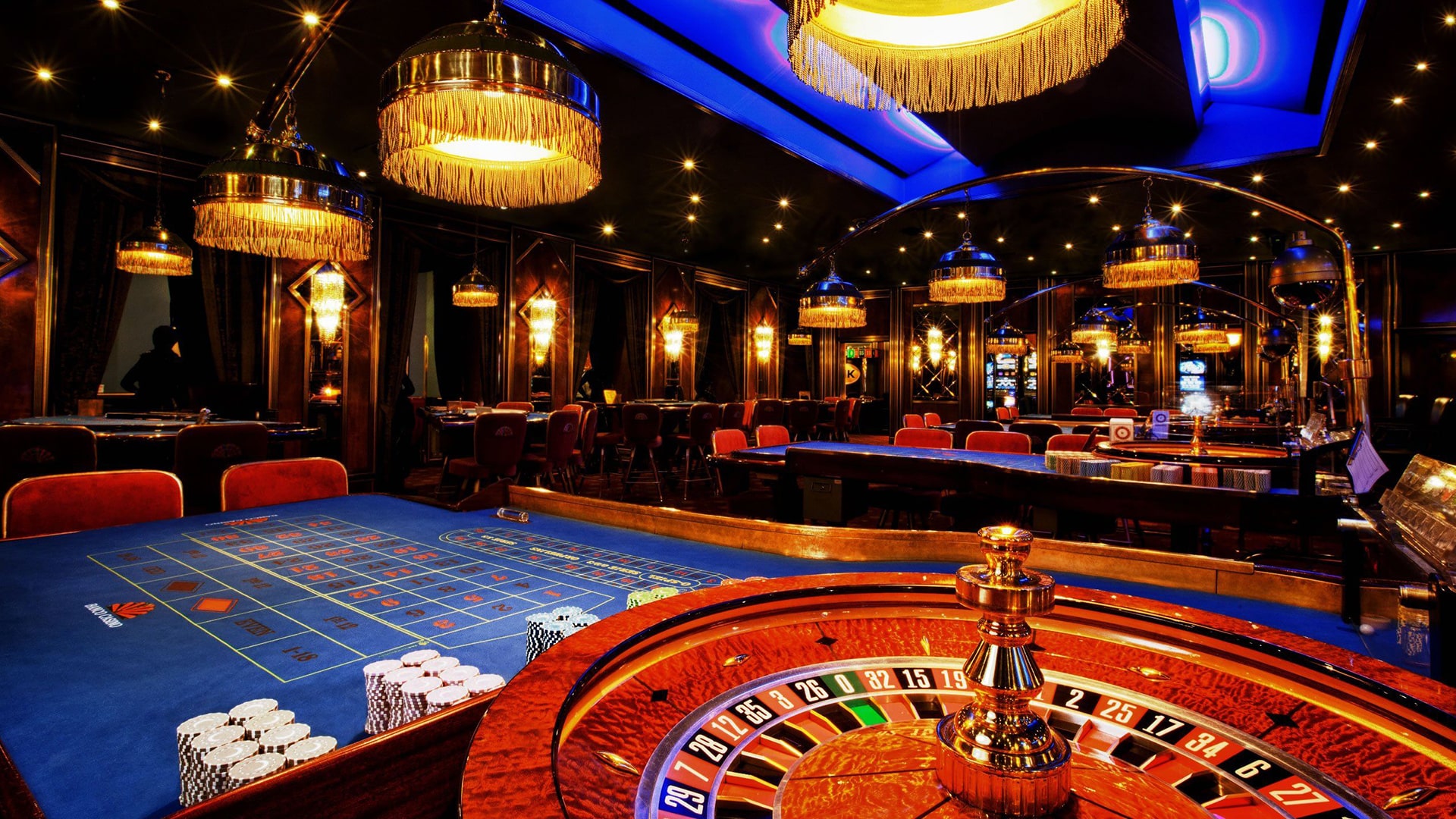
The world of casino entertainment has long fascinated participants with its mix of adventure, strategy, and the thrill of chance. With technology progresses and the gambling landscape changes, an innovative approach known as gamification has started to reshape the way we engage with these traditional games. By incorporating gaming features such as competition, rewards, and monitoring advancement, gamification improves player interaction and changes the old-fashioned casino atmosphere into a much dynamic and inviting space.
This approach in gambling games not only appeals to experienced players but also attracts a new group of participants who crave a much immersive experience. Featuring features that promote involvement and foster community among participants, the game-based features infuse new life into cherished classics like poker, 21, and fruit machines. As we dig deeper into this phenomenon, we will analyze how this trend is transforming the casino experience, making it far accessible, entertaining, and beneficial for everyone involved.
Comprehending Gamification
Gamification is the implementation of game-like elements in real-world contexts to improve user involvement and experience. In the realm of casino games, this idea has gained notable traction, transforming classic gaming into a much interactive and satisfying experience. Xổ số QQ88 By including components such as points, tiers, and prizes, casinos can build an environment that drives players to engage more often and for longer periods.
At the center of gamification is the want to tap into the natural desires of players. Gaming experiences that use gamification techniques are designed to not only amuse but also to promote competition and achievement. Players are often attracted to the prompt responses and advancement monitoring that these elements provide. This not only keeps them involved but also nurtures a sense of accomplishment as they attain goals and access additional elements.
Additionally, gamification can boost social interaction among players, creating a social atmosphere that enhances the satisfaction of gaming experiences. Elements such as ranking systems, group contests, and teamwork activities allow players to connect with others, share stories, and compete in a friendly manner. This social aspect adds another dimension to the experience, allowing it to be even more engaging and satisfying for participants.
Effect on Player Interaction
Game design techniques in casino games have significantly altered the way gamers interact with their preferred activities. QQ 88 By adding aspects such as rewards, scoreboards, and trophies, gambling establishments create an setting that encourages a stronger connection between gamers and the activities they enjoy. This enhanced engagement contributes to prolonged gaming sessions and heightened player commitment, as users work to unlock new milestones or receive exclusive rewards.
Furthermore, the social aspect of game-based casino games cannot be dismissed. Several sites allow players to battle against others or fellow players, which adds a layer of anticipation and camaraderie. This rivalry drives engagement by appealing into players’ drive to compete, motivating them to return for extra in order to enhance their position or display their accomplishments. As a result, the social interactions foster a feeling of togetherness that motivates users coming back.
Additionally, the prompt responses and recognition provided by game elements serve to inspire players. Whether a alert of a recent accomplishment or the thrill of earning a prize, these instant gratifications play a crucial role in maintaining attention. By regularly providing gamers for their actions, casino games become not only a leisure activity; they evolve into an engaging activity that entices gamers and enhances their pleasure.
Trends in Casino Game Design
The landscape of casino game design is constantly evolving, driven by technological advancements and changing player preferences. One notable trend is the integration of immersive technologies, such as virtual reality and AR reality, to enhance the gaming experience. Such technologies create a more captivating environment, allowing players to feel as though they are in a physical casino, which can lead to longer play sessions and heightened player satisfaction.
A further trend is the integration of narrative elements into casino games. Game designers are focusing on storytelling to create a stronger connection between the player and the game. This story-centric approach not only makes the games more enjoyable but also encourages players to invest emotionally, which can enhance their complete experience. By combining traditional gaming mechanics with captivating stories, developers are attracting a broader audience who may not have previously engaged with casino games.
Finally, the growth of multiplayer features is reshaping how players interact with casino games. Many games now incorporate social elements, such as sharing achievements or challenging with friends, to promote social interaction and engagement. This trend reflects a move towards a more participatory experience, where players can connect with others, sharing their excitement and challenges. As casinos adapt to these social dynamics, the experience of gaming becomes not just about solo play, but also about building connections among players.